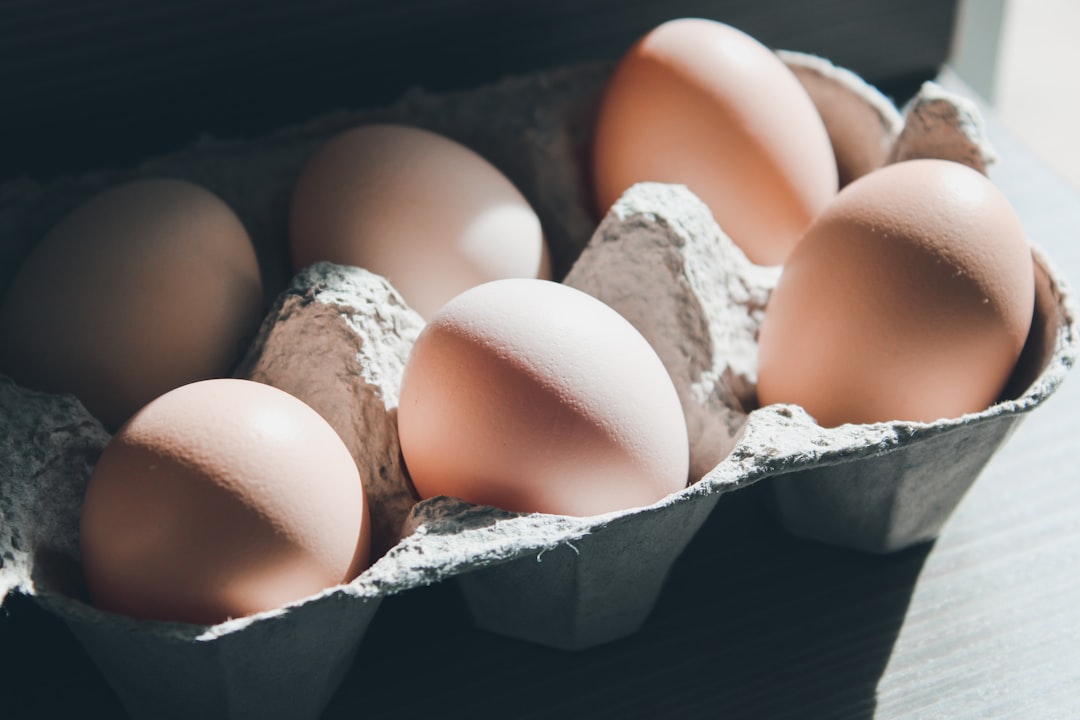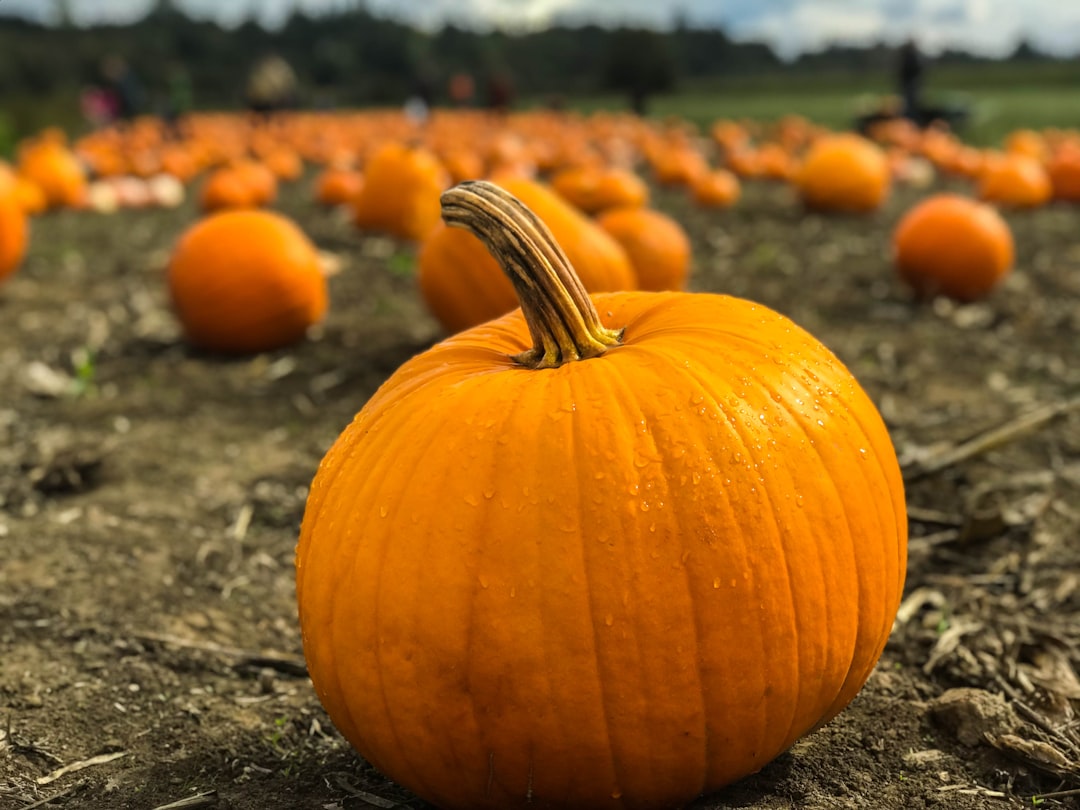What is it about?
Dried soft fruits, including strawberries, can gain attention of consumers or confectioners not only because of their extended shelf life. Strawberry fruits of the Honeyoe variety collected in the Mazovia region, Poland were used as raw material in the experiments. Fruits were dried in a single layer in considered methods: vacuum drying (VD), convective drying (AD) or freeze drying (FD). Keywords: drying methods, internal structures, mechanical properties, sensory profile.
Featured Image

Photo by Victoria Priessnitz on Unsplash
Why is it important?
Which drying methods could be considered to apply to soft plant tissue? The decisive aspects may be looped from structural, sensory or mechanical properties of the dried product. Especially when the Quantitative Descriptive Analysis method for sensory quality was performed.
Perspectives
Among the readers of our paper there could be people attentive to dehydrated fruits, physical and sensory properties of strawberry fruits as well as interrelations between them. Statistic calculations were performed with IBM SPSS Statistics 24 and analytical engine of PS IMAGO 4.0 (provided by IBM and Predictive Solutions, respectively). Principal component analysis (PCA) was used to assess the similarities and differences in the sensory characteristics of dried strawberries (ANALSENS NT software). We believe our studies are novel and original.
Dr hab. Dariusz Piotrowski
Instytut Ogrodnictwa - Państwowy Instytut Badawczy
Read the Original
This page is a summary of: Influence of drying methods on the structure, mechanical and sensory properties of strawberries, European Food Research and Technology, June 2021, Springer Science + Business Media,
DOI: 10.1007/s00217-021-03682-5.
You can read the full text:
Resources
Contributors
The following have contributed to this page










